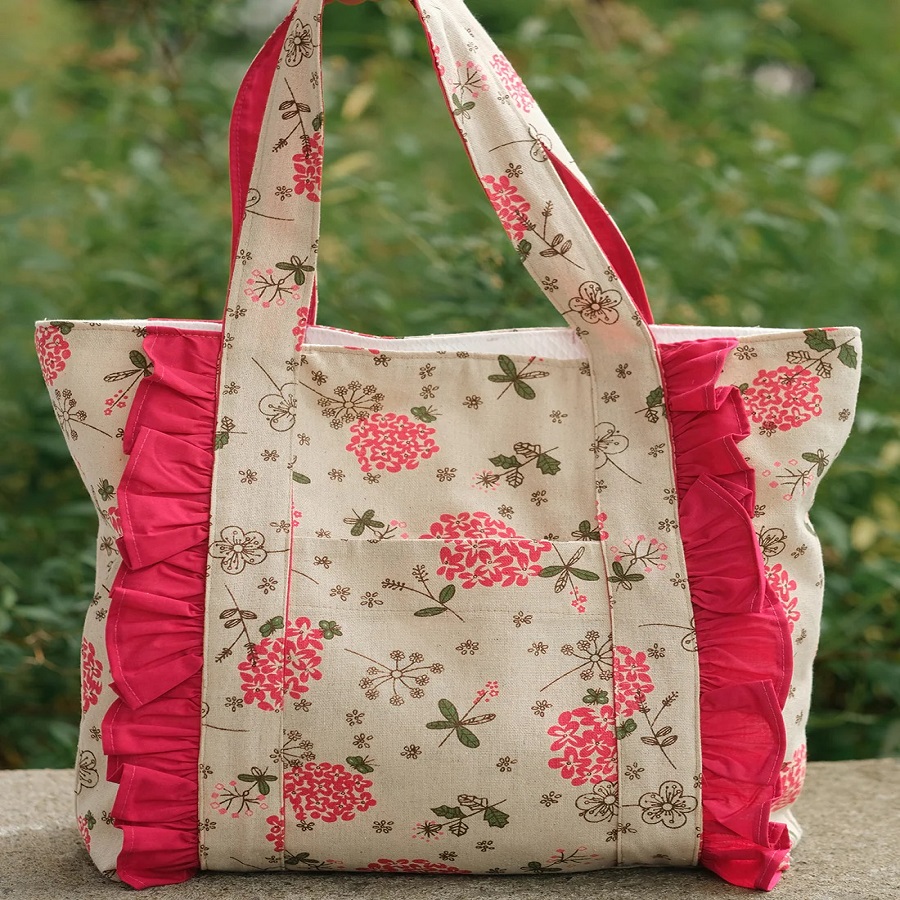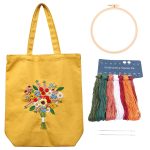Choosing the Right Fabric for Your Tote Bag
Choosing the right fabric is key in tote bag sewing. You want a material that’s both durable and stylish. Start with considering the bag’s purpose. Will it carry heavy items or just light shopping? For heavy items, choose heavy-duty fabrics like canvas, denim, or upholstery fabric. These materials can handle more weight and will last longer.
For a daily carry or light use, lighter materials like cotton or linen are perfect. They are easy to work with, especially for beginners. You can also mix fabrics for a custom look. Think of using a sturdy fabric for the bottom and a lighter one for the sides.
Next, think about the bag’s washability. If you plan to launder your tote often, pre-wash your fabric. This step prevents future shrinkage and maintains the bag’s shape.
Last, pick a fabric that you love. Remember, your tote bag reflects your style. Go for bright colors, bold patterns, or classic neutrals. The right fabric will make your tote bag both functional and fashionable.
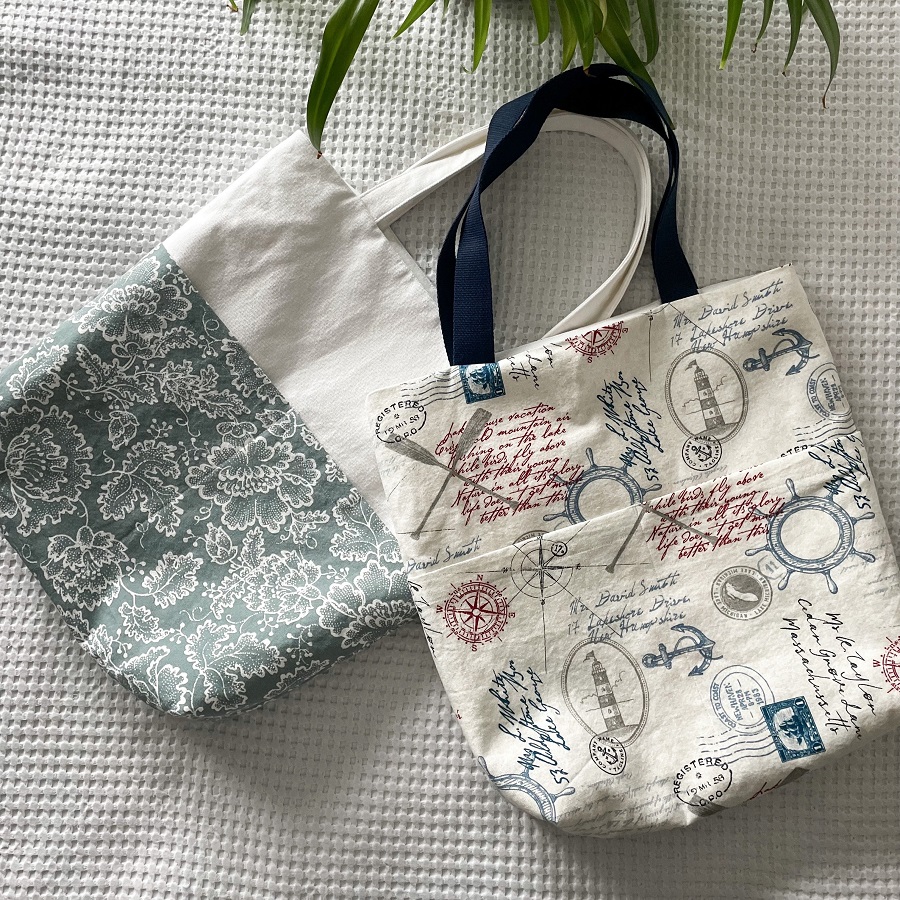
Essential Sewing Supplies List
When starting any sewing project, including making a tote bag, having the right supplies is essential. Knowing what you need ahead of time can make the process smoother. Here’s a rundown of sewing supplies that will help you successfully create your tote bag sewing pattern.
- Sewing Machine: A basic sewing machine is sufficient for tote bag projects. Make sure it has a straight stitch and zigzag option.
- Fabric Scissors: Sharp scissors are vital for clean cuts on your fabric. Dull scissors can snag fabrics and cause fraying.
- Pins and Pincushion: Pins hold the pattern and fabric together and keep everything aligned while you sew. A pincushion keeps them organized.
- Measuring Tape: Precision is key in sewing, and a measuring tape helps ensure your pieces are the correct size.
- Tailor’s Chalk or Fabric Marking Pen: Use these to mark where you need to cut or stitch without damaging the fabric.
- Threads: Choose threads that match your fabric in both color and weight for a cohesive look.
- Sewing Needles: Have a variety of needles, especially ones suitable for heavy fabrics like canvas if you are using them.
- Seam Ripper: Mistakes happen, and a seam ripper will help you undo them without harming the fabric.
- Iron and Ironing Board: Pressing seams will give your tote bag a professional finish. It’s best to iron fabric pieces before sewing them together.
Additionally, if you’re looking for a customized or intricate design, you may need other items like embroidery floss or fabric paint. Remember to keep your work area organized and your supplies within easy reach as you work. Having everything laid out neatly will allow for an efficient and enjoyable sewing experience.
Understanding Tote Bag Dimensions and Sizes
Before you cut into your chosen fabric for your tote bag sewing pattern, understanding the dimensions and sizes of tote bags is crucial. Tote bags come in a range of sizes, from small handheld purses to large grocery totes. Here are some steps and tips to help you determine the right size for your needs:
- Decide on the Bag’s Use: Small totes are great for quick trips while large ones suit shopping or travel.
- Consider Proportions: A good standard tote bag is about 13-15 inches wide and 15-17 inches tall.
- Depth Matters: 3-5 inches is a common depth for a tote but adjusts according to what you’ll carry.
- Allow Extra for Seams: Add an inch on every side for seams when cutting your fabric.
- Strap Length: Straps typically range from 20 to 30 inches. Choose a length that feels comfortable to carry.
- Test with Paper: Draft your bag dimensions on paper to visualize the final size before cutting the fabric.
Each aspect of tote bag sizing can impact how comfortable and practical your bag will be. If planning to carry books or laptops, a sturdy base and wider dimensions may be necessary. For simple day-to-day items, a less bulky design could be more suitable. Your tote bag sewing pattern should reflect both functionality and your personal style, so take the time to plan out the dimensions carefully.
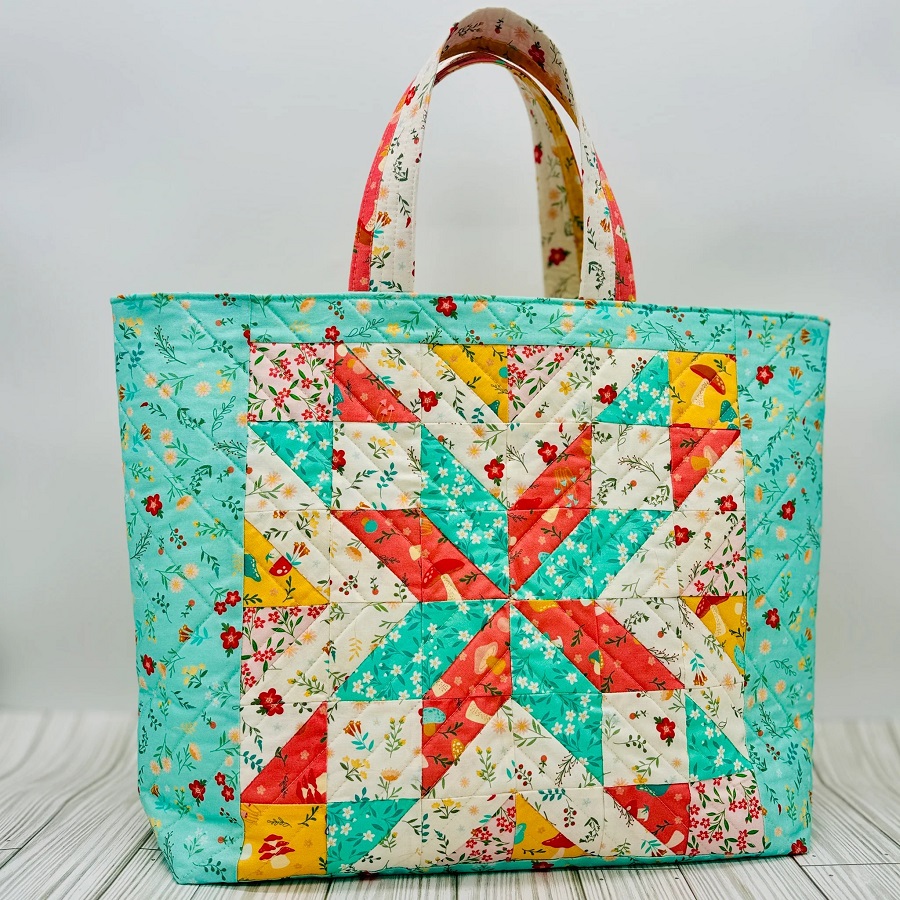
Step-by-Step Guide to Cutting the Fabric
After deciding on the tote bag’s fabric and dimensions, the next step is cutting. It’s important to follow these guidelines for precision and to ensure your tote bag sewing pattern comes together properly. Here’s a simple way to get started:
- Lay Out the Fabric: Place your fabric on a flat, clean surface. Ensure there are no wrinkles.
- Measure Twice: Use your measuring tape to double-check the dimensions of your bag. Remember to include seam allowance.
- Mark Your Cuts: With tailor’s chalk or a fabric marking pen, outline where you will cut. This is where your accuracy pays off.
- Secure with Pins: Pin the fabric along the markings to keep it in place. This prevents slipping while cutting.
- Cut Out the Pieces: Use your fabric scissors to cut along the marked lines. Take your time for neat, straight edges.
- Repeat for Lining: If you’re using a lining, cut out the same pieces from your lining material.
- Check the Pieces: Before moving on, compare the fabric pieces to your pattern. They should match perfectly.
Cutting the fabric correctly is the foundation of your tote bag. Be patient and exact. If you make a mistake, it’s easier to fix at this stage than later on. With your pieces cut out, you’re ready to start sewing your tote bag according to the pattern you’ve chosen.
Stitching Your Tote Bag: Seam Techniques
Once you have cut out your fabric, it’s time to stitch your tote bag. Using the right seam techniques will ensure your tote is sturdy and looks great. Here are the steps to achieving strong, durable seams:
- Straight Stitch: Begin by sewing the main pieces of your tote with a straight stitch. This is the most common stitch you’ll use.
- Reinforce Seams: For areas that will bear more weight, such as the bottom of the bag, go over the seam twice. This gives extra strength.
- Seam Allowances: Remember the extra inch for seam allowances in your cut pieces. Fold fabric over at this line and pin it before sewing to create a clean edge.
- Consistent Seam Allowances: Keep your seam allowances the same width for a professional look. Use the guides on your sewing machine to help.
Keep the fabric flat as you sew to avoid puckering. Sew slowly for more control and better results. If you make a mistake, don’t worry. Use your seam ripper to remove the stitches and try again. Good seam techniques are key to a beautiful, long-lasting tote bag following your chosen tote bag sewing pattern.
Adding Pockets and Compartments
When crafting your tote bag sewing pattern, pockets and compartments enhance functionality and aesthetic appeal. Adding these features allows for better organization and ease of access for smaller items. Here’s how to incorporate them into your design:
- Plan the Pocket Placement: Before you begin sewing, decide where your pockets will go. Inside pockets are great for valuables, while outside pockets offer quick access.
- Measure and Cut: Determine the size of your pockets and cut the fabric accordingly, factoring in seam allowance.
- Fold and Press: Fold the top edge of the pocket down for a clean finish and press with an iron.
- Stitch the Pockets: Sew the sides and bottom of the pocket to your tote bag, ensuring the top edge is neat.
- Add Compartments: Consider sewing divider lines within large pockets to create compartments for better organization.
- Customize: Use contrasting fabrics or add embellishments to give your pockets a unique touch.
Adding these elements not only increases the practicality of your tote but also gives you an opportunity to inject a bit of personal flair. Whether you add a secure zipper pocket for your phone or a simple slip for a notebook, each addition makes your tote bag more tailored to your lifestyle.
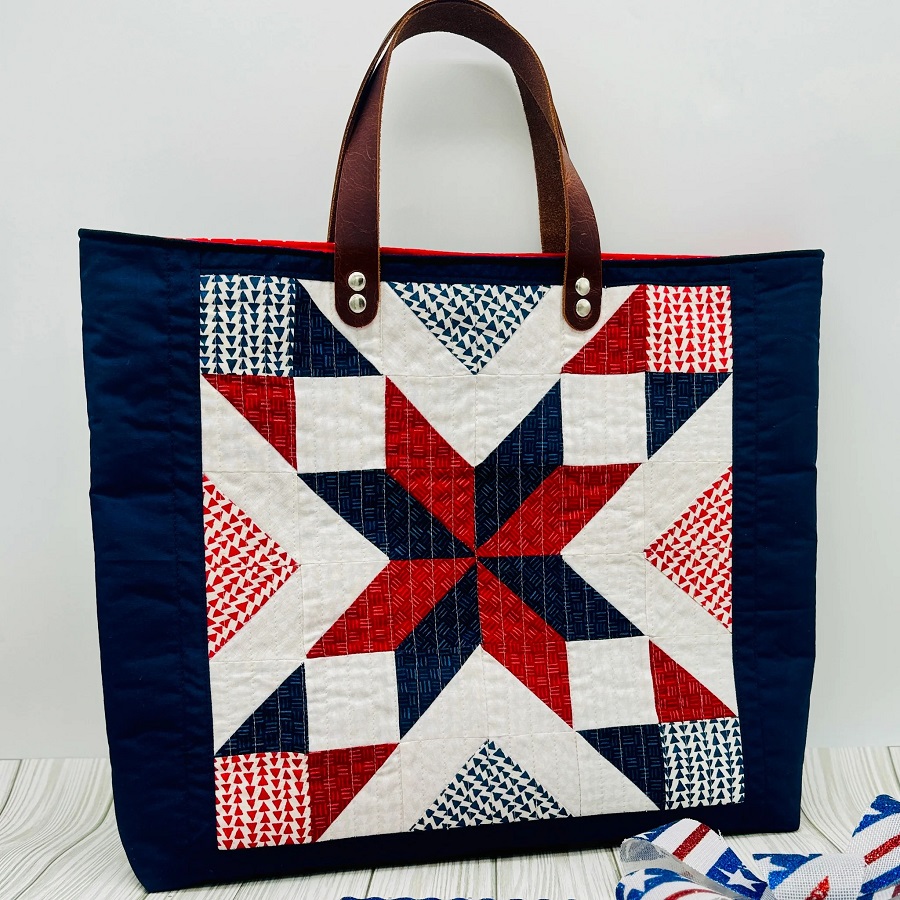
Customizing Your Tote Bag Design
Once you’ve mastered the basics of tote bag construction, it’s fun to add your own creative twist. Here’s how to customize your design for a tote bag that’s uniquely yours:
- Choose a Theme: Decide on a look that reflects your personality. It could be floral, geometric, or abstract.
- Play with Colors: Mix and match colors that complement each other. Try bold contrasts or subtle shades.
- Add Trims and Embellishments: Lace, ribbons, or pompoms give your tote character. Sew these on for a decorative touch.
- Experiment with Fabric Textures: Combine different fabric textures like corduroy with cotton for an interesting tactile experience.
- Stencil or Stamp: Create patterns with fabric paint for a handcrafted feel. Use stencils or rubber stamps.
- Embroidery: If you like handwork, add embroidered patches or personalize with monograms.
- Buttons and Beads: Sew on buttons or string beads for an artistic detail.
When customizing, remember to balance form with function. Your personal additions should not get in the way of the tote’s usefulness. With a bit of imagination, your tote bag sewing pattern can be transformed into a fashion statement that showcases your creativity.
Attaching Handles and Straps to Your Tote Bag
Attaching handles and straps is a vital step in tote bag construction. Properly attached handles ensure your bag is comfortable to carry and lasts longer. Here’s a simple guide to get you started:
- Choose Handle Material: Pick a material that is durable and complements your tote. Canvas, leather, and nylon are common choices.
- Cutting to Length: Measure the length of your handles. Remember to add extra for attaching them to the bag.
- Positioning: Decide where on the bag the handles should go. They should be evenly spaced and high enough for comfort.
- Attaching the Handles: If sewing, fold the ends under for a clean edge and stitch them securely. If using rivets, follow the instructions on your rivet kit.
- Reinforcing: For added strength, sew a square with an ‘X’ through it where the handle meets the bag.
- Testing: After attaching, test the handles by filling the bag. They should hold without signs of tearing.
By following these steps, you’ll create a tote bag that not only looks great but is also practical and durable. Remember to consider the weight your tote will carry when attaching the handles, ensuring they are strong enough to withstand daily use with your tote bag sewing pattern.
